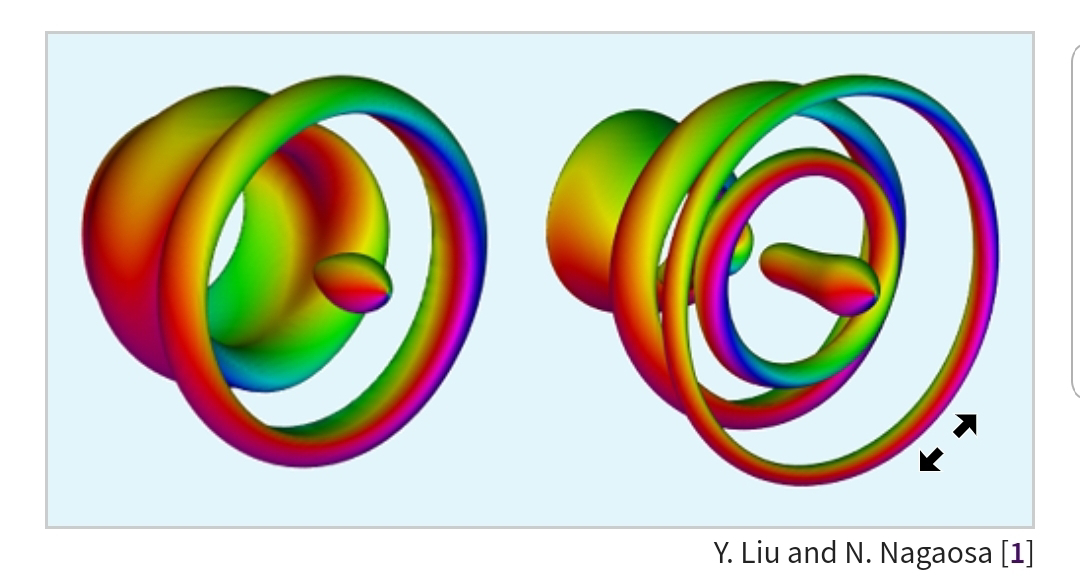FIG. 11: (Color online) Typical examples of stable nested patterns with soliton and vortex QDs (quantum droplets) which were created in adjacent radial troughs. In panels (a1-b4) the pattern was created from the initial dynamical states with parameters (N,S,On) = (46,0,2) and (N,S,On) = (35,1,1) in the outer and inner troughs, respectively. In panels (c1-d4) the input was taken with parameter sets (N,S,On) = (120,1,3) and (N,S,On) = (46,0,2) in the outer and inner troughs.
AA << establish stability and characteristics of two-dimensional (2D) vortex ring-shaped quantum droplets (QDs) formed by binary Bose-Einstein condensates. >>️
<< another noteworthy option is to construct a two-ring complex in which one vortex-ring component is subject to the MI (modulational instability), hence it is replaced by an azimuthal soliton (or maybe several solitons), (..), while the vortex component trapped in another potential trough avoids the azimuthal MI and remains essentially axisymmetric. >>️
<< Examples of such heterogeneous robust states, produced by simulations of Eq. (3), are displayed in Fig. 11. Panels 11(a1-b4) show a complex in which the MI takes place in the outer circular trough, producing an azimuthal soliton which performs rotary motion, while the inner vortex ring is modulationally stable. An opposite example is produced in Figs. 11(c1-d4), where the outer vortex ring remains stable against azimuthal perturbations, while the MI creates a soliton exhibiting the rotary motion in the embedded (inner) circular trough. The rotation direction of the soliton is driven by the vorticity sign of the underlying QD (quantum droplet). It is relevant to mention that the multi-ring potential considered here holds different vortex-ring or azimuthal-soliton states nearly isolating them from each other. (..) An additional problem, which is left for subsequent analysis, is interplay between adjacent radial modes in the case when the separation between the adjacent rings is essentially smaller. >>️
Bin Liu, Yi xi Chen, et al. Vortex-ring quantum droplets in a radially-periodic potential. arXiv: 2212.05838v1 [nlin.PS]. Dec 12, 2022.
Also
keyword 'drop' | 'droplet' | 'droploids' in FonT
keyword 'goccia' in Notes
(quasi-stochastic poetry):
keyword 'instability' | 'instabilities' in FonT
keyword 'instabile' in Notes
(quasi-stochastic poetry)
Keywords: gst, drop, droplet, vortex, vortices, vortexes, vorticity, instability, modulational instabilities





